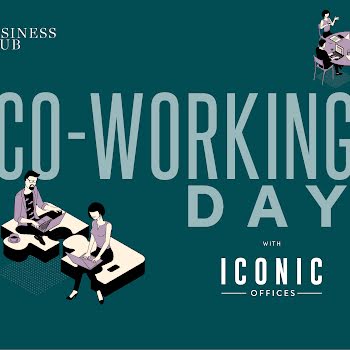By Sinead Brady
09th May 2018
09th May 2018
We all want to thrive not just survive, both personally and professionally. But many of us feel stretched, at times overstretched, as we go about living life.
The burning question then becomes- ‘Is it possible to hit peak performance and fulfil my potential while avoiding burnout?’
The answer is yes and to do it you need to understand that you’re not a machine therefore you need strategic rest and breaks.
In our 100% productivity at all costs culture, it can be hard to justify taking a few minutes to yourself during the workday. In fact, many of us struggle to take our full lunch hour. But working at 100% capacity, 100% of the time is impossible. Humans are not machines and we cannot focus effectively for 8 hours at a time. In fact, a workplace that expects 8 hours of focused attention is counterproductive and ineffective.
Here are the facts – if you want to achieve peak performance while avoiding burnout firstly turn your attention to your eating, sleeping and exercising patterns. Then turn your attention to the time off you take during your working day and across your working year.
Smart Breaks
Focus, concentration and productivity are modern day superpowers. Finite resources, their kryptonite, is a lack of time during your working day to replenish and restore them. The solution – take a 5 minute microbreak directly after a focused 55-minute session of work. Micro-breaks, the equivalent to a performance turbo charge, help you maintain focus and improve your long-term performance. To get the best from a micro break plan to shift your physical and mental focus.
This means getting up from your desk, having a drink of water, moving your body and if possible getting some fresh air. By doing this your body and brain gets the opportunity to make sense of what is happening, resolve tension, refocus and reduce negative feelings. The outcome – you avoid cognitive boredom and when you return to your desk you are up to 67% more productive.
Plan and Take Big Breaks
While smaller breaks during the day are vital to stay on top of your professional game, you must include strategic macrobreaks. Macrobreaks are longer periods of time off including long weekends, summer holidays, winter breaks and the odd ‘me day’. Planned with crystal clear intention, your macrobreaks mean you should never work more than 6 weeks without taking a 3-day weekend or longer off from work.
Engineer your holiday allowance to create your own bank holiday weekend, make a long-weekend longer by taking the Friday before or Tuesday after off and schedule in one yearly break of at least 10 days. You do not have to go away or do anything that costs money. What you do need is an extended period of time off to allow your brain and body to recalibrate and recuperate. These deliberately chosen extended periods of time off positively impacts your productivity, engagement levels, problem-solving skills and overall well-being.
Transition Rituals
Typically, we move from work to rest in one fell swoop which doesn’t allow our body or brain to decompress. End of day transition rituals are high on impact when it comes to maintaining long-term peak performance. To do this, develop a transition routine that eases you from work to rest by following this threefold process:
- Never put a meeting into your diary for the last hour of your day.
- Stop responding to emails 30 minutes before your finish time.
- Use your last 30 minutes to figure out your top priorities for the following day and list them.
Yes, transition rituals take getting used to but once you put them into practice you will feel more productive, energised and ready for life outside of work. You will lose that feeling that you’re running out the door of the office and straight onto the treadmill of life.
You are no good to anyone if you feel exhausted, fed up and burned out, so maintaining peak performance is an important aspect of your career that shouldn’t be overlooked. Getting enough sleep, eating well, regular exercise and switching off outside the office are vitally important. By following the tips outlined above you can stay motivated and start designing a career that you love. Remember, if you don’t design it, someone else will do it for you. And you may not like their version.























